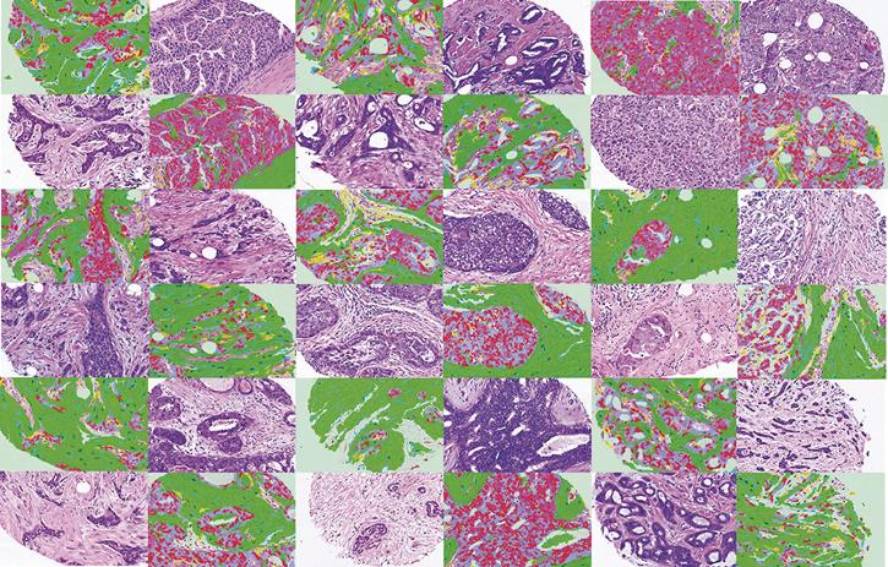Computers learn to diagnose cancer

Researchers at Standford University have taught computers to diagnose cancer and predict tumor evolution. For this purpose, they have collected for five years images and molecular data of patients' breast tissues and have created a program that links them. Thus, the computer has learned to detect breast cancer and to make a prognosis by comparing images and data. It is an intelligent program, so the more trained, the more patients receive and use data, the better diagnosis will be made.
Researchers have called the Computational Pathologist program C-Path, which claims to be "better than a human pathologist." In fact, the human being is based on the rigor and experience of his eyes, while the program has the ability to analyze 6,000 textile features. By the way, they have realized that healthy cells surrounding tumor cells are more important than would be expected in diagnosis.
The research has been published in the journal Science Translational Medicine and, although not yet prepared for use in hospitals, its goal is to become a useful tool for doctors. Therefore, researchers have stated that they will continue to work to achieve this.





